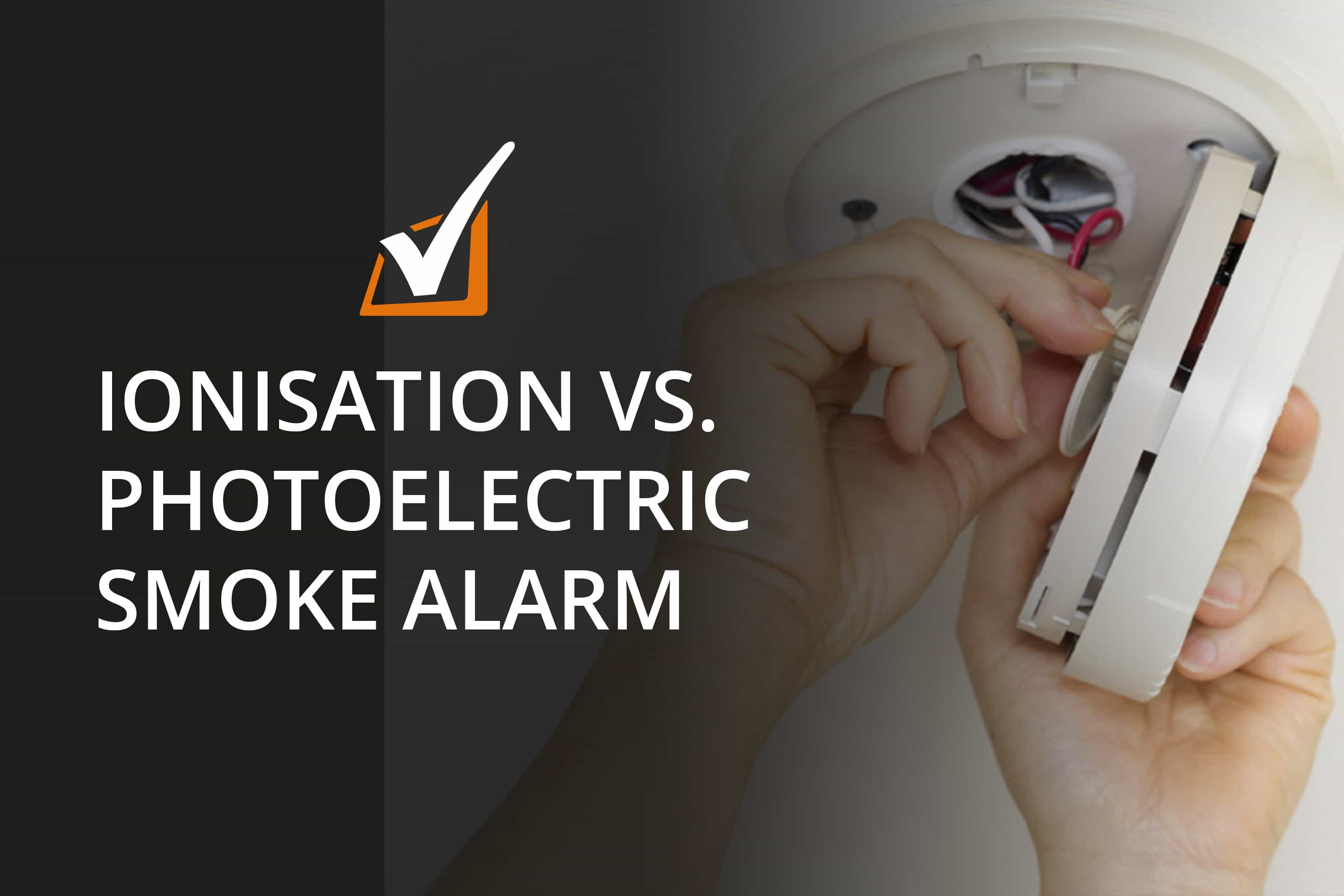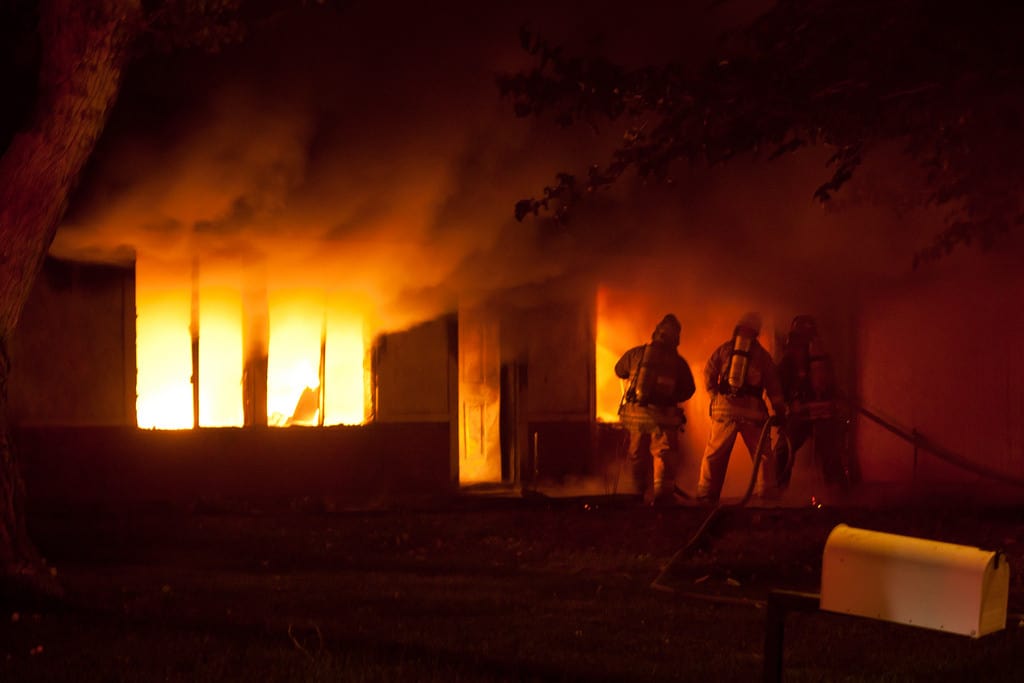Queensland now has the toughest smoke alarm laws in Australia. Under the amended rules, all new alarms that go into the property starting January 1, 2017, must be photoelectric smoke alarms and comply with Australian Standards 3786-2014.
Why does the new legislation require the installation of photoelectric smoke alarms over ionisation? Let’s take a closer look at the differences between the two.
How do they work?
Ionisation Smoke Alarms
This type of alarm has two electrically charged plates with a small amount of radioactive substance. The radioactive material ionises the air, causing current to stream between the plates.
Smoke that enters the chamber disrupts the flow of ions, which in turn slows down the current. The weak flow of current will then trigger the alarm.
Photoelectric Smoke Alarms
Inside the device, there is a LED light that sends a straight beam across the chamber. There is a light sensor on the other side of the chamber. Once the smoke enters the detector, it will disrupt the light beam. The beam will then go off to scattered directions, with some of the LED lights hitting the sensor. Once the light hits the sensor, it will trigger the photoelectric smoke alarms.
Which smoke alarm gives earlier warnings?
While both types are designed to detect a fire, they are not created equal. An ionisation smoke alarm is more effective for fast-flaming fires, while the photoelectric work best at detecting smouldering or slow-flaming fires.
Smouldering fires are most common in the home environment, and ionisation smoke alarms are slow to catch these kinds of fire. By the time residents are alerted, excessive smoke has already spread around the house, making evacuation and rescue more challenging.
On the other hand, photoelectric smoke alarms have been proven to be more effective at giving faster and more accurate fire warnings compared to ionisation smoke alarms.
Photoelectric smoke alarms react minutes faster than ionisation smoke alarms, leading to a more robust warning system, which gives residents ample time to escape.
Which is more expensive?
In terms of cash, the new technology is more expensive to produce, and that transfers to the end cost. In terms of the extra moments of warning they can bring you and your family, they bring a massive saving.
Are you looking for more information about smoke alarms? Our experts are here to help! Complete the form below, and we’ll get to you shortly.



Leave A Comment